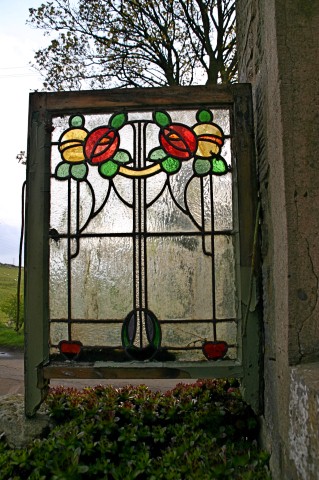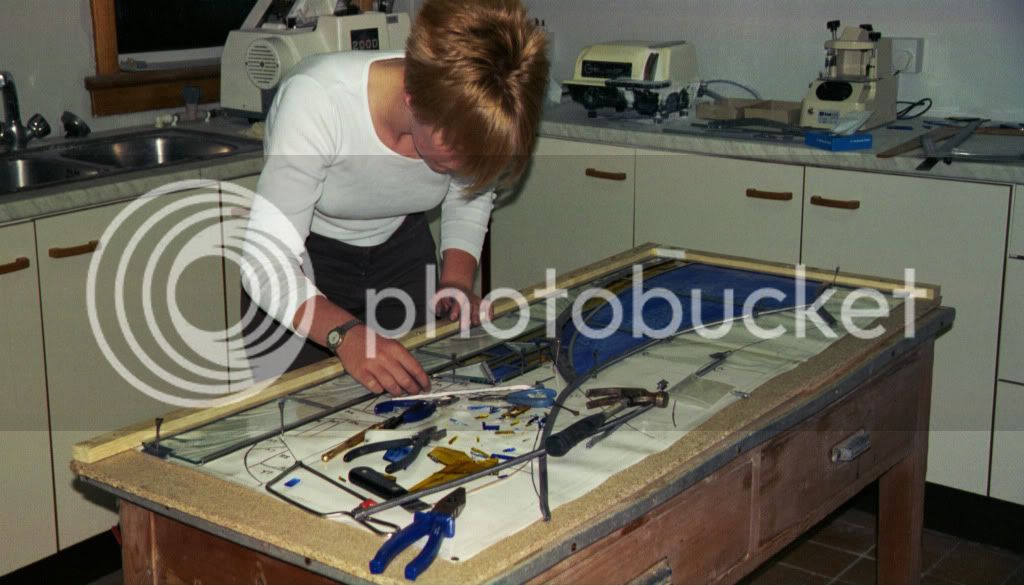Does anyone here know anything about stained glass windows ?
I appreciate this is not exactly wood work, but I've just rescued 10 leaded panels in sash window frames with possibly 1920's style designs in them and would like to restore them. These are a couple of them.


One of the 10 is well beyond repair and it may be a case of getting 6 or 7 good panels out of the 10. Lifting the lips of the lead cames to replace glass elements I cannot see as being too difficult, but several of the panels are quite badly bowed and that is something I would need expert guidance on.
Rob
I appreciate this is not exactly wood work, but I've just rescued 10 leaded panels in sash window frames with possibly 1920's style designs in them and would like to restore them. These are a couple of them.


One of the 10 is well beyond repair and it may be a case of getting 6 or 7 good panels out of the 10. Lifting the lips of the lead cames to replace glass elements I cannot see as being too difficult, but several of the panels are quite badly bowed and that is something I would need expert guidance on.
Rob






































